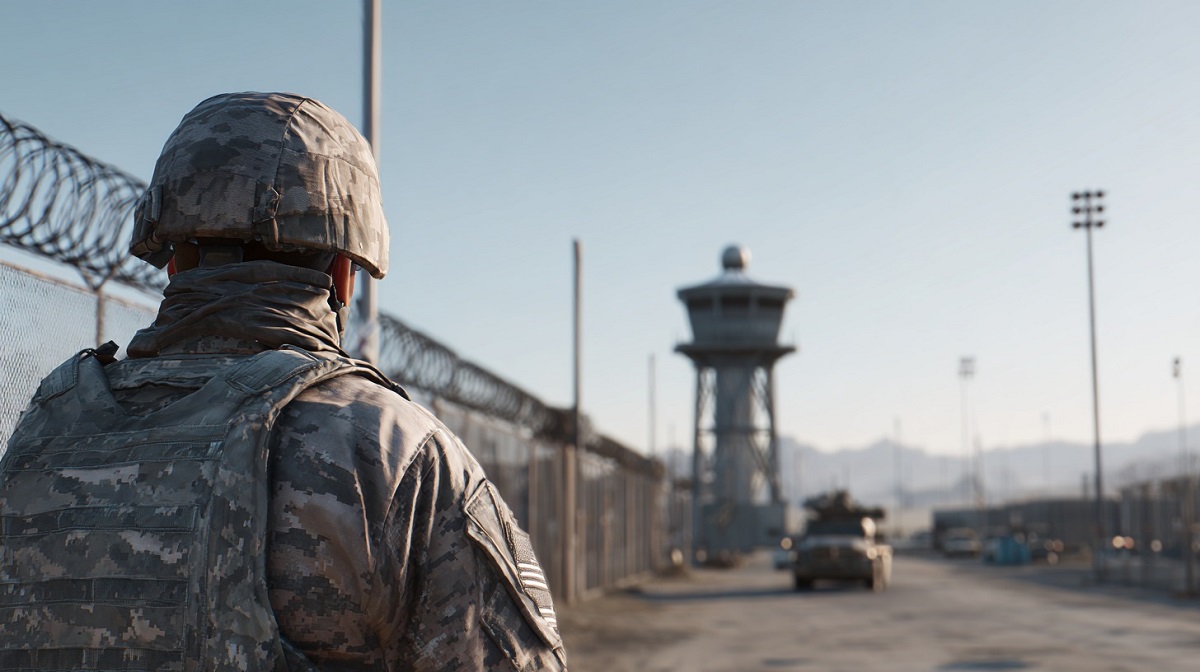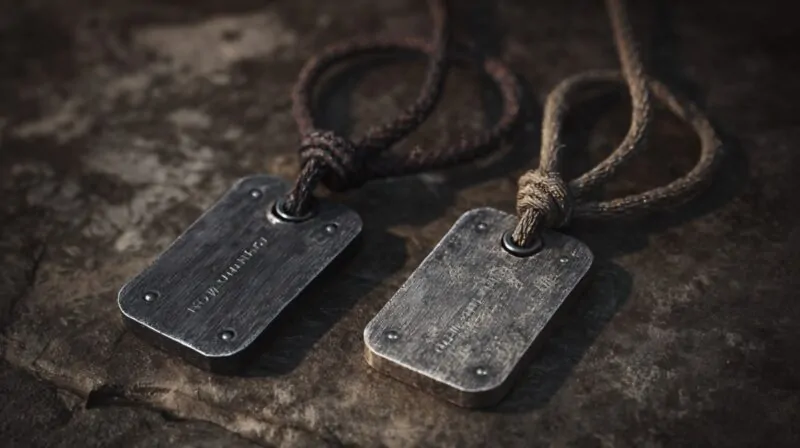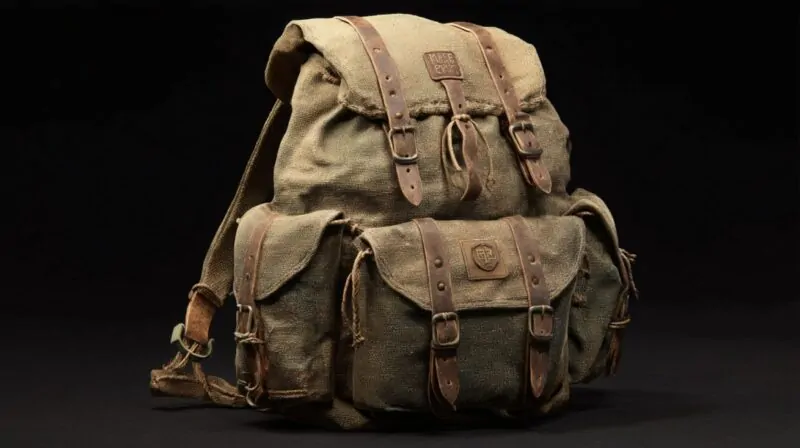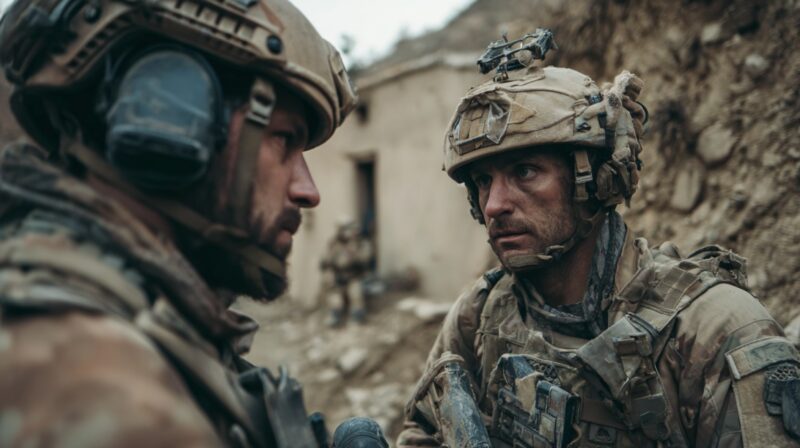Interest in military bases has grown with the rise of aviation enthusiasts, defense tech followers, and families sharing experiences online.
However, taking photos in or around a military base isn’t as straightforward as snapping a pic at a tourist attraction.
Legal restrictions are in place to protect national security and prevent unauthorized disclosures.
Knowing the rules is essential before raising a camera near any installation.
Federal Legal Framework: 18 U.S. Code § 795
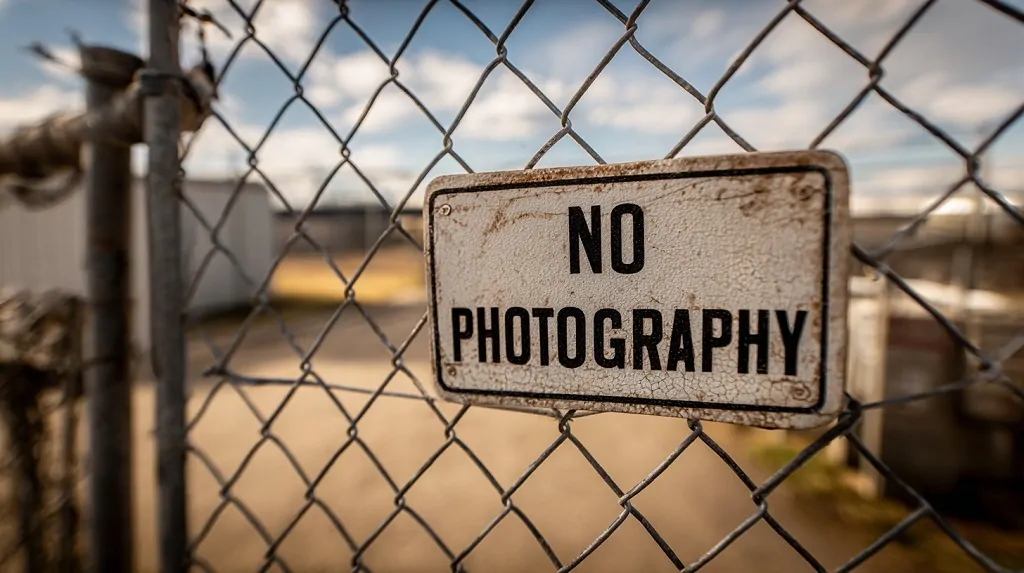
Federal law provides a clear structure for how photography near military installations must be handled.
According to 18 U.S. Code § 795, taking photos or sketching any vital military or naval installations without proper authorization is illegal. This law focuses on the security of critical sites that could be exploited if made public.
Vital installations are defined not by public interpretation, but by military authorities. These may include:
- Missile silos
- Aircraft testing areas
- Communication hubs
- Weapons depots
Photographs, even when taken innocently, could pose a risk if made accessible to adversaries.
Authorization for photography must be granted by the proper chain of command, typically the base commander or someone in equivalent authority. Entering the premises with a camera does not automatically imply the right to take photos.
Even with written approval, many installations require that images be submitted for review before being kept, published, or shared online.
Review may involve a security officer, Public Affairs Office, or higher-ranking authority. Photos deemed sensitive could be redacted or deleted before release.
Intent is irrelevant when a violation occurs. Legal consequences can result from acts that appear harmless, including taking a photo of a runway, aircraft, or radar tower. Security protocol takes priority over personal discretion.
Potential legal consequences include:
- Criminal charges filed under federal jurisdiction
- Monetary fines, sometimes substantial
- Imprisonment of up to one year
- Confiscation of phones, cameras, memory cards, or drones
- Permanent revocation of access to all military installations
Security enforcement operates under a principle of prevention, not leniency. When it comes to restricted zones, even accidental photography is considered a threat until proven otherwise.
What Does This Mean in Practice?
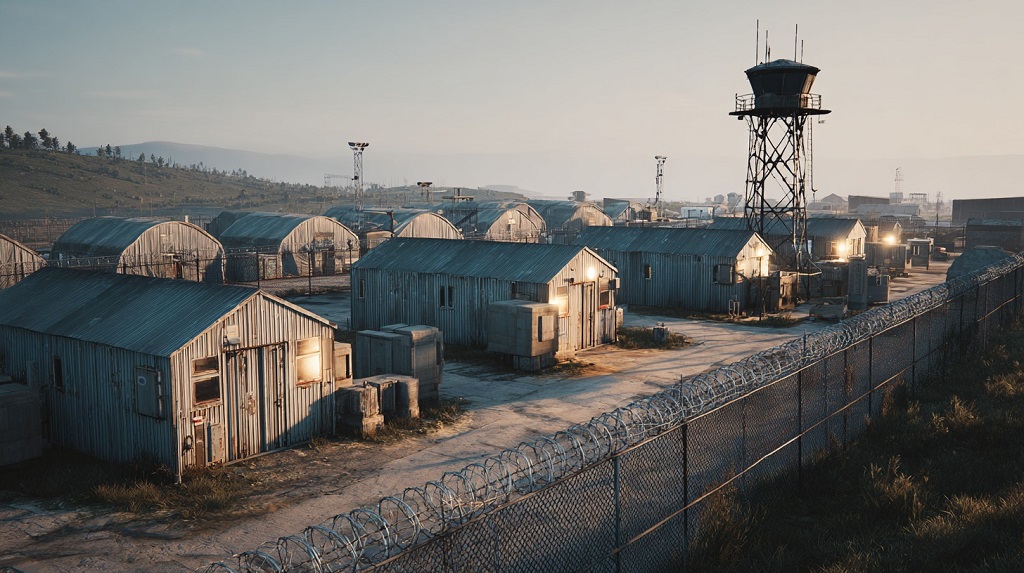
Applying the law to real scenarios requires more than just quoting a statute. Military bases vary widely in structure, mission, and layout.
Not every facility or building falls under the category of a “vital installation,” and that’s where practical interpretation comes into play.
Determining which areas are protected under 18 U.S. Code § 795 depends on several factors. The Department of Defense provides broad policy direction, but local decisions often come down to the base commander.
Strategic importance also plays a role. Facilities that involve advanced weapons systems, surveillance, or sensitive operations receive tighter control.
Common areas that usually qualify as restricted:
- Aircraft hangars containing active combat jets or experimental aircraft
- Secure communications hubs used for classified transmissions
- Ammunition or weapons storage depots
- Radar arrays and surveillance stations monitoring regional airspace
In contrast, not every structure behind the gate is treated as off-limits.
Examples of areas that are generally not restricted include:
- Commissaries and post exchanges (PX)
- Base gyms or fitness centers
- Family housing neighborhoods
- Recreational parks and walking trails for military families
Even so, decisions can change quickly based on threat levels or new activities on base.
Media Professionals
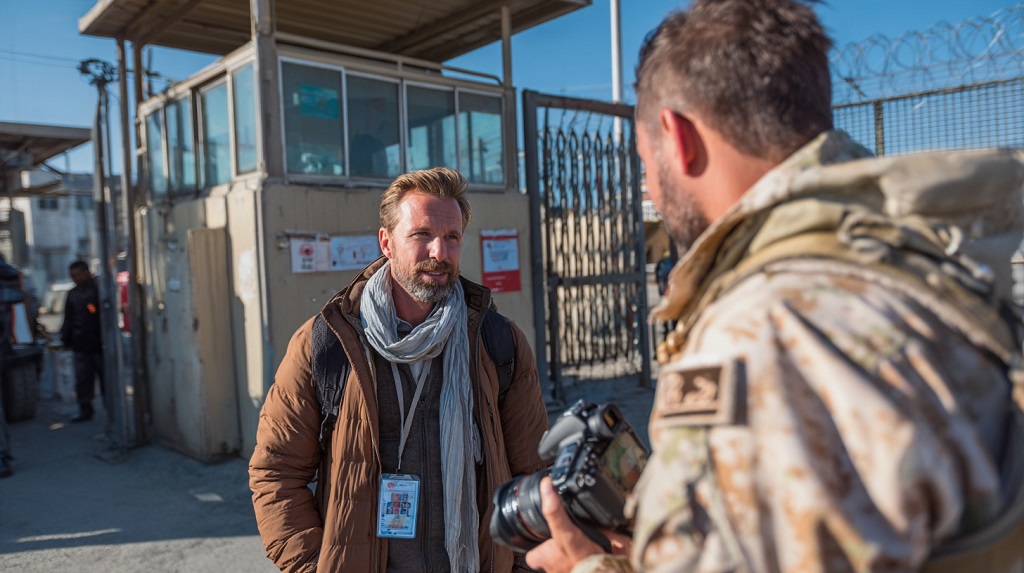
Media professionals must follow a formal procedure when requesting access to a base. Unlike casual visitors, journalists are not granted informal photo privileges.
The Public Affairs Office acts as the gateway for credentialing, interview approvals, and image vetting.
If you need images of military-related themes without violating laws or base regulations, consider using licensed stock photography platforms like depositphotos.com.
Typical requirements for press and documentary crews:
- Advance submission of credentials and a detailed project description
- Briefings on what may or may not be photographed
- On-site escort throughout the visit
- Review and clearance of all images before any public use
Casual Visitors
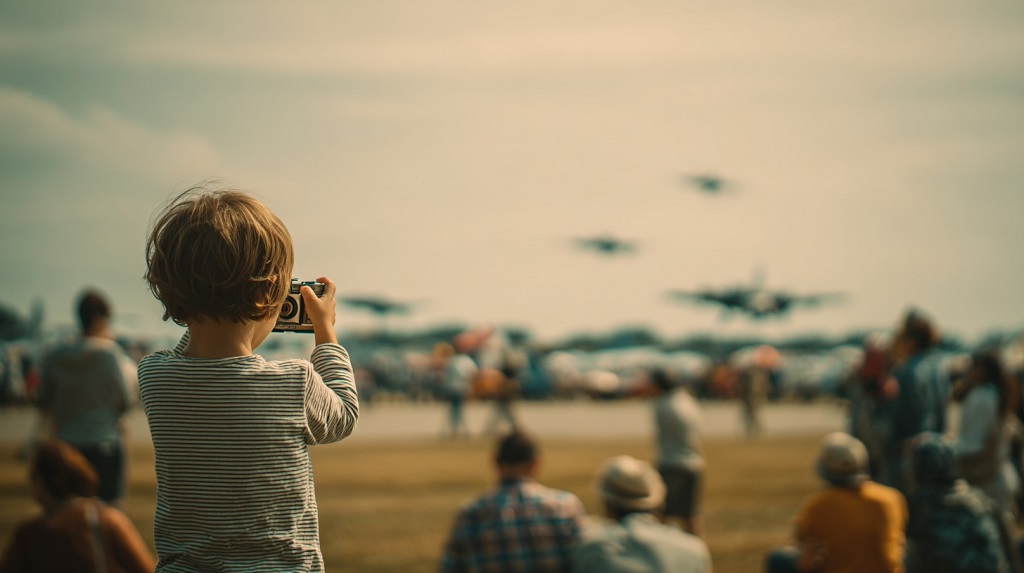
For casual visitors, such as those attending a public air show or graduation ceremony, restrictions are less strict but not removed altogether.
Many bases create designated photography zones during these events.
That said, it’s easy to make a mistake. A single photo with a restricted aircraft in the background can cause problems, even if the photographer never intended harm.
Consequences for casual violations may include:
- Military police reviewing and deleting images
- Questioning about the intent behind the photos
- Being denied future access to events or the base entirely
Security personnel are trained to prioritize threat detection, not to evaluate good intentions. A photographer zooming in on a fence line or radar array will likely draw attention, regardless of the reason. Image content carries more weight than the story behind the lens.
For everyone visiting or working near military facilities, the best practice is to remain cautious and aware of surroundings. If there’s any uncertainty about a structure or area, it’s better to ask or avoid taking the shot entirely.
Key Considerations for Civilians and Service Members
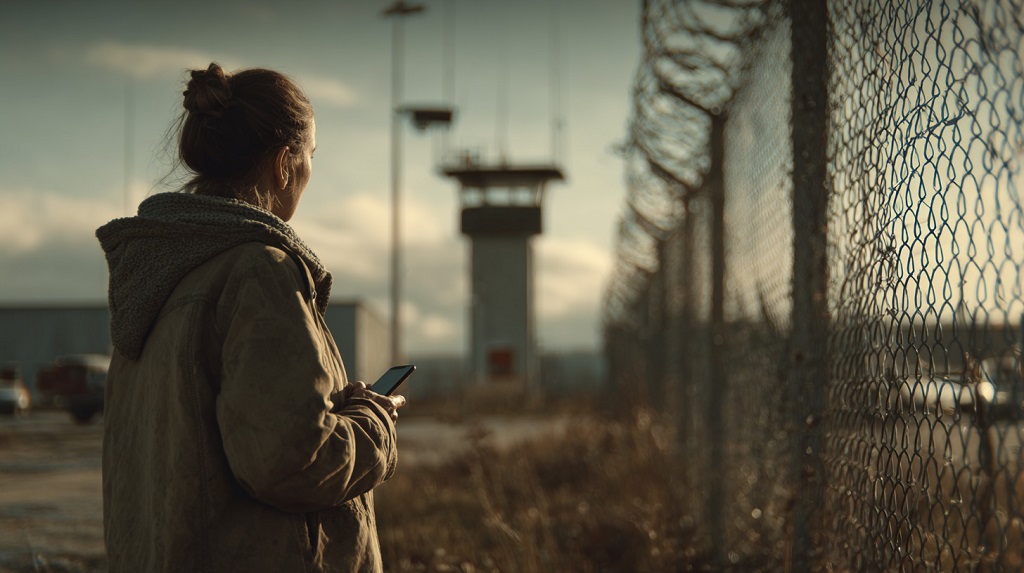
Civilians standing near base property often assume they can freely photograph what they see.
That assumption can lead to unwanted encounters with security personnel.
Legal exposure increases when cameras are aimed at gates, surveillance towers, or military personnel.
Civilians should remember the following:
- Photos taken from public roads are not always exempt from scrutiny
- Warning signs such as “No Photography” carry legal weight
- Zoom lenses and drones raise suspicions quickly
- Authorities may detain or question anyone acting suspiciously
Service members are held to higher standards. Even when off duty, actions must align with Department of Defense guidance and operational security briefings.
Service member expectations include:
- Avoid taking or sharing images of restricted zones
- Refrain from posting troop movements or tactical positions
- Participate in scheduled OPSEC training
- Monitor personal and peer compliance with regulations
Violations by military personnel may result in:
- Immediate loss of access to classified environments
- Reduction in security clearance level or revocation
- Administrative action under the Uniform Code of Military Justice (UCMJ)
- Career setbacks, reassignment, or discharge
Each person assigned to a base is made aware of the visual and digital restrictions tied to operational security. Compliance is not optional, and enforcement is thorough.
The Bottom Line
Photography in or around U.S. military bases is governed by strict legal and practical rules. Not every situation is illegal, but plenty fall into regulated or gray areas. Individuals must consider the risks before pointing a lens toward a base.
The safest option is always to ask for permission or avoid taking the shot entirely.
A single photo could trigger legal consequences, suspicion, or worse, especially when national security is involved.
Related Posts:
- Can You Take Legal Action Against the Military -…
- What Happens When Civilians Take Legal Action…
- Military Base Camp Rules and Regulations - What You…
- One Dead in 'Isolated' Incident at Army Base, Fort…
- 7 Key Legal Differences Between Combat Injuries and…
- A Look at US Military Helicopters: Past, Present, and Future

